Arabic Language Day Celebration
Exploring the Importance and Beauty of Arabic
On Arabic Language Day, We’re not only celebrating a language, but also a culture!
World Arabic Language Day has been celebrated every year on 18 December since 2012. The date coincides with the day in 1973 that the General Assembly of the United Nations adopted Arabic as the sixth official language of the Organization.
The Arabic Language is extremely rich, it has three main versions: Quranic or Classical, Modern Standard, and Colloquial or Daily. Around 25 dialects fall under these three versions, which we will talk about deeply in this blog.
So, let’s dive in!
The Rich History and Cultural Significance of Arabic Language
The Beauty of the Arabic Language: Exploring its Unique Features and Expressiveness
The Importance of Arabic Language: Learning Opportunities for Studying the Arabic Language and Career Development
The Rich History and Cultural Significance of Arabic Language
The Arabic language is a pillar of the cultural diversity of humanity. It is one of the most spoken languages in the world, used daily by more than 400 million people in 58 countries who speak Arabic as their first language and also worldwide by non-natives.
1- Origin of Arabic Language
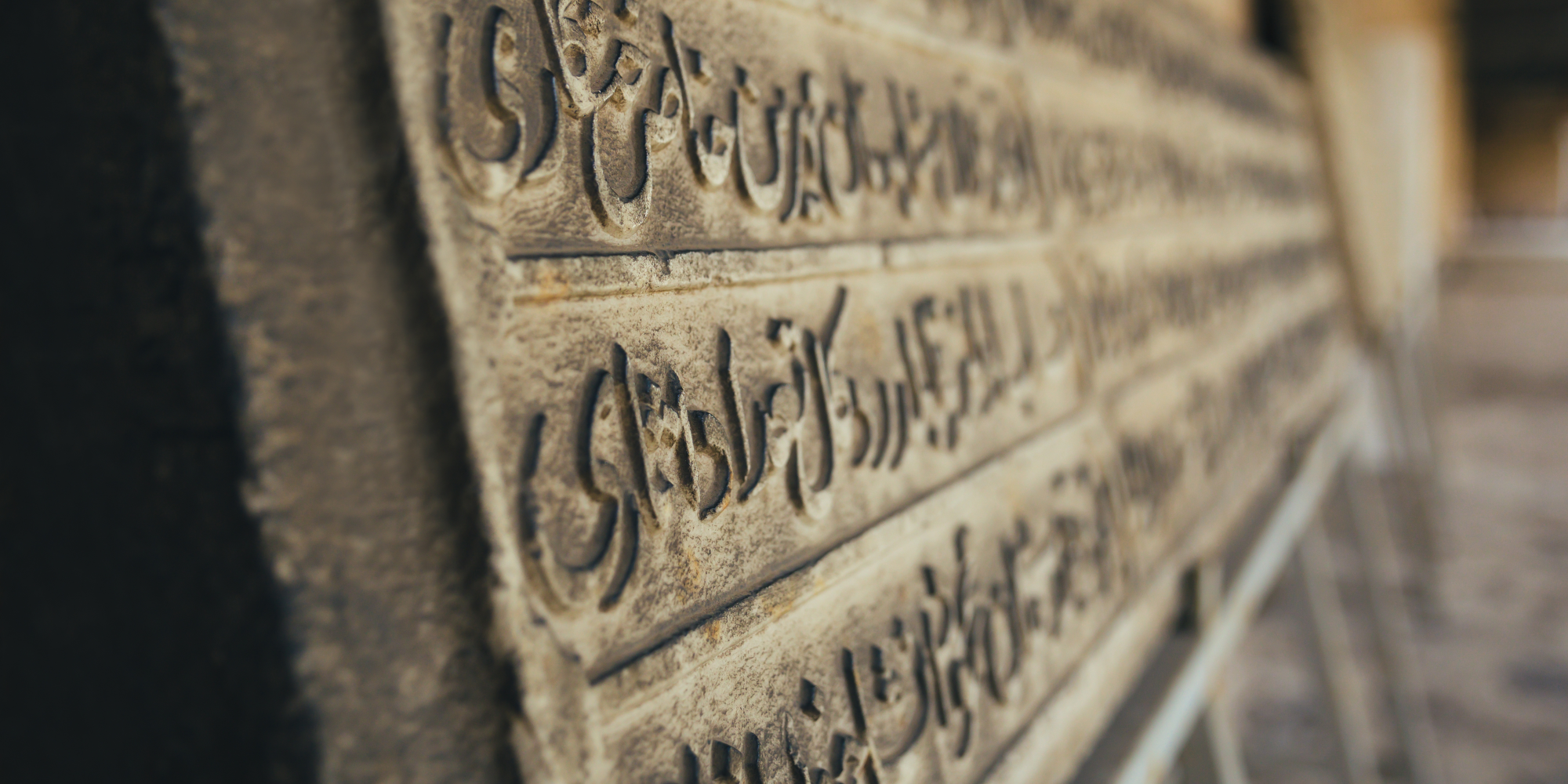
Arabic is a member of the Semitic family of languages which also includes Hebrew and Aramaic, which originated in the Arabian peninsula in the 5th century CE. The word Arabic means nomadic in the old Assyrian language. Where it was spoken by nomadic tribes during the 4th century CE. As these tribes traveled across vast lands, they brought their language with them, spreading its influence throughout the region. Arabic has a rich history that can date back to the 4th century AD.
As Islam spread throughout the Arabian Peninsula and beyond, Arabic became more widespread and developed into several different dialects and forms, influenced by different cultures and civilizations it came into contact with. It became not only a means of communication but also a symbol of cultural identity for Arab societies.
Today, Arabic has over 22 regional dialects and one official standard form.
Understanding the origin of Arabic, provides us with valuable insights into its historical significance, and its role in shaping cultures across centuries.
2- Arabic Language Evolution
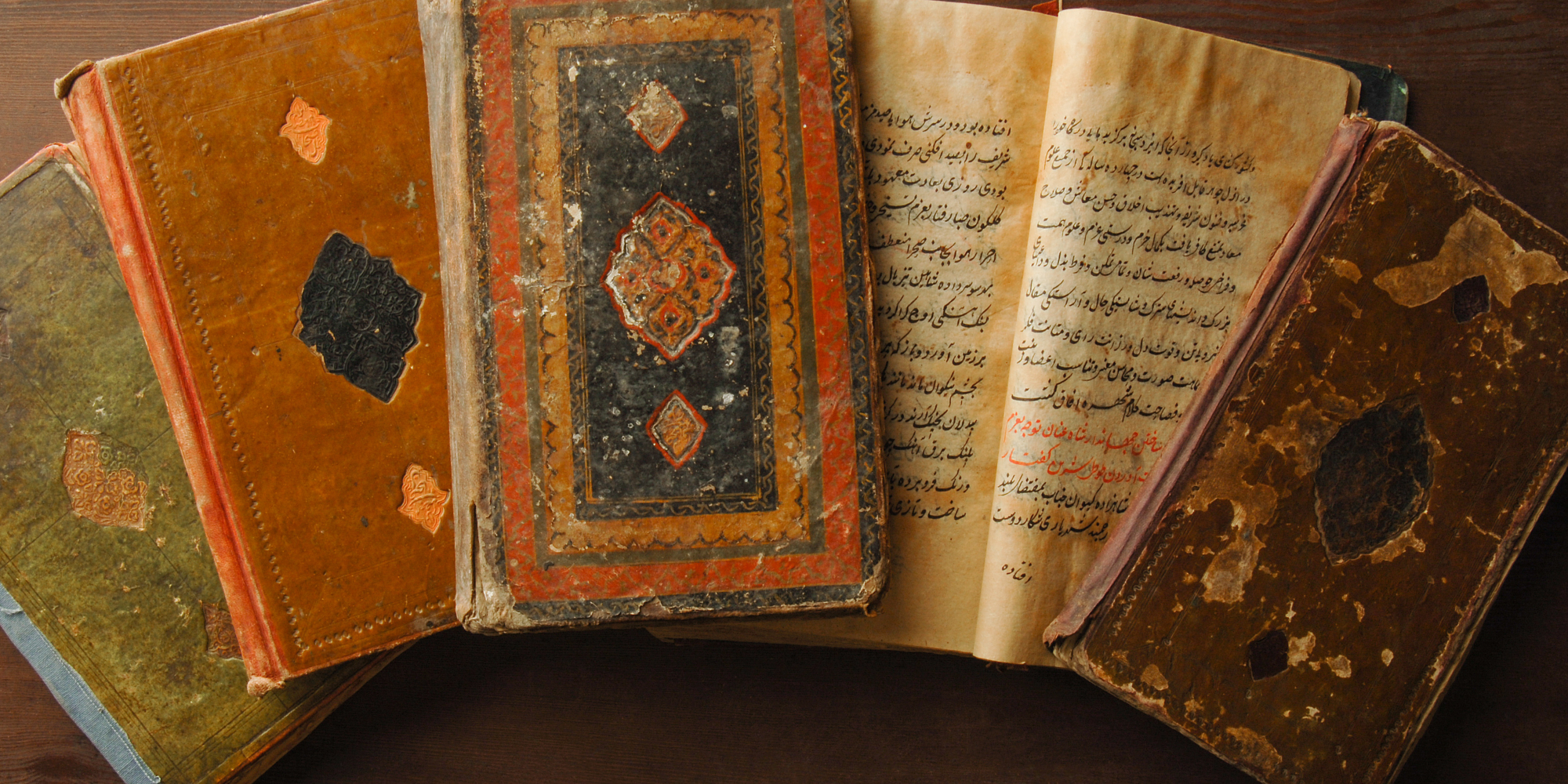
The Arabic language originated in the Arabian Peninsula, in the 5th century CE. At that time, the region was home to various tribes, who spoke different dialects of Arabic. The language was primarily a spoken language, and was used for trade, poetry, and storytelling.
In the 7th century, Islam emerged in Arabia, and the Arabic language gained significant importance as the language of the Quran, the holy book of Islam. The Quran is written in Classical Arabic, which became the standard form of the language.
During the Islamic Golden Age (8th-13th centuries), Arabic became the language of science, philosophy, and literature. Scholars from across the Islamic world wrote in Arabic, producing works that are still studied today.
In the 19th and 20th centuries, the Arab world saw major political, and social changes that impacted the Arabic language. Many countries gained independence from colonial powers, and modernization efforts led to the introduction of new vocabulary, and changes in the way the language was used.
3- Arabic Language Classification
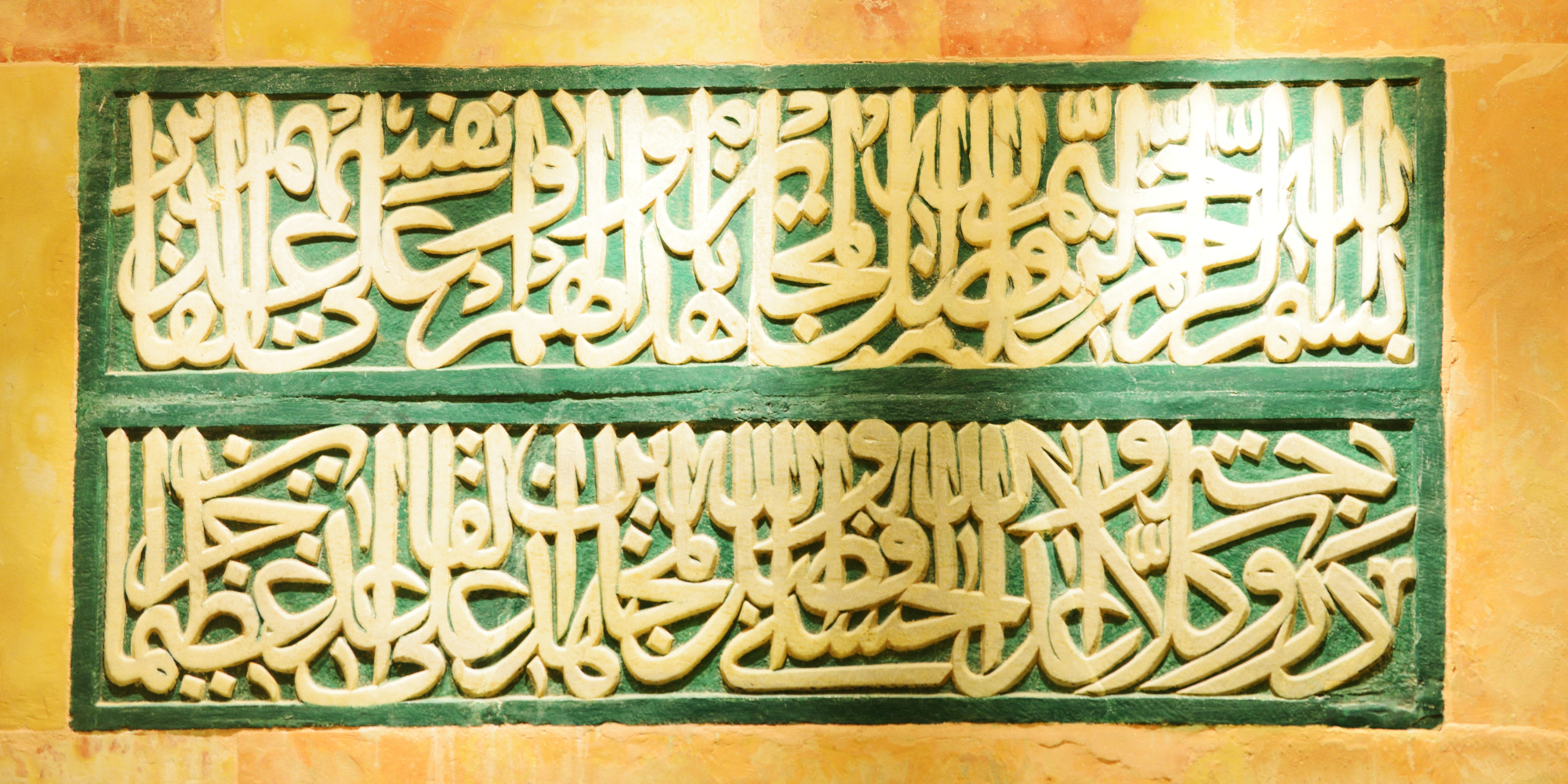
The earliest known form of the Arabic language is Old Arabic, which was spoken in the 4th century CE. Old Arabic was the language of the Qur’an, the holy book of Islam, which was revealed to the Prophet Muhammad in the 7th century CE. As Islam spread throughout the Arabian Peninsula and beyond, the Arabic language became the language of scholarship, trade, and administration.
The Arabic language developed into several different dialects, including Classical Arabic, Modern Standard Arabic, and various regional dialects. Classical Arabic, also known as Quranic Arabic, is the language of the Qur’an and the language used in Islamic scholarship, literature, and poetry.
As Arab traders and conquerors spread throughout the Middle East and North Africa, the Arabic language also spread and influenced the development of other languages, such as Turkish, Persian, and Urdu. In addition, Arabic numerals and the decimal system, which were developed by Indian mathematicians and transmitted to the West via the Islamic world, are now used around the world.
4- Where is Arabic spoken?
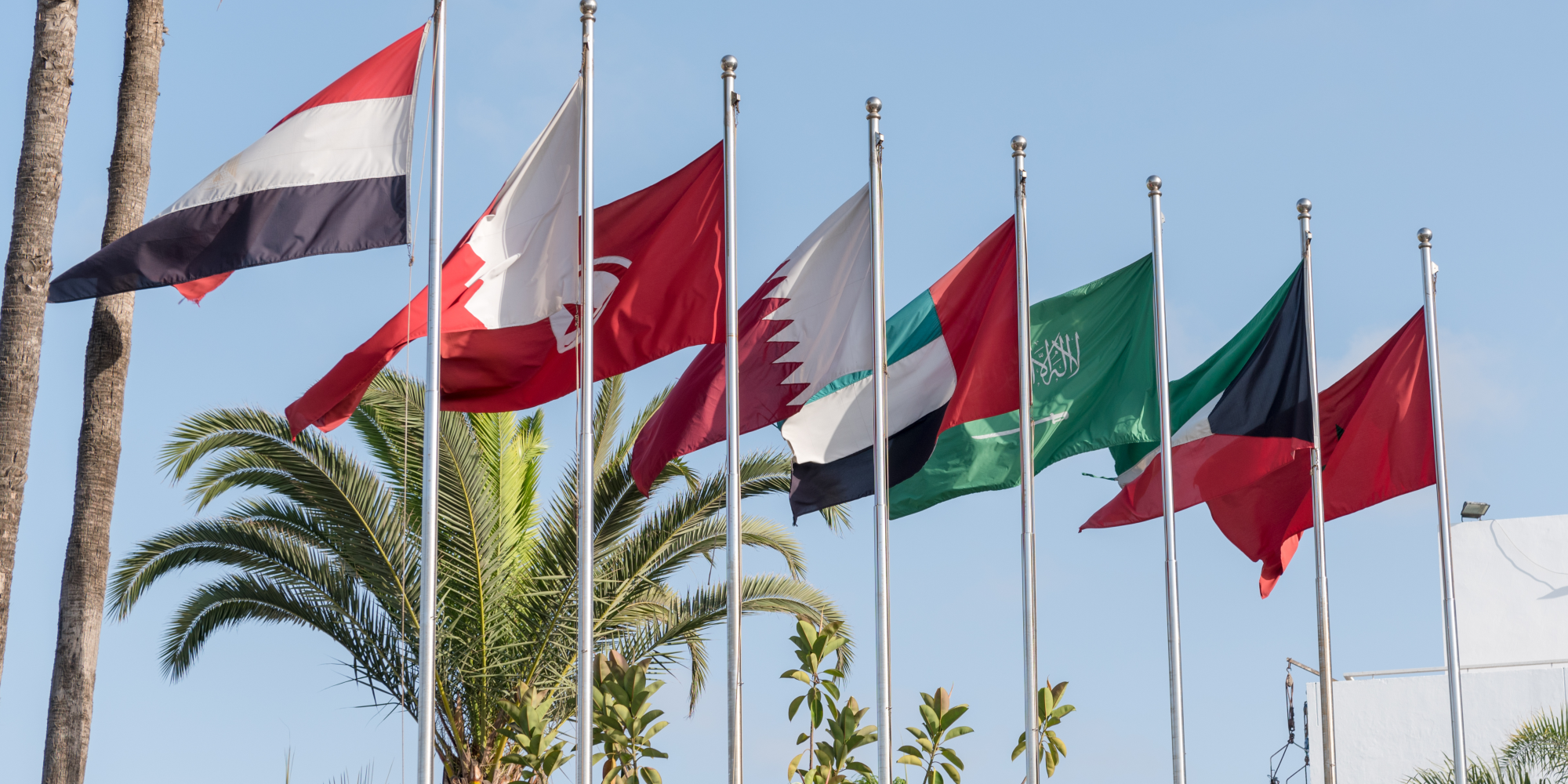
Arabic is primarily spoken in the Arab world, which encompasses 26 countries in the Middle East and North Africa. These include Saudi Arabia, Egypt, Iraq, Jordan, Morocco, Tunisia, and many others. Arabic is also an official language in several international organizations, such as the United Nations and the Arab League.
However, it’s important to note that Arabic dialects can vary significantly from one country to another. Each region has its own unique accents and vocabulary variations that add depth to this diverse language. However, until this day, all the Arabic countries study the standard form of Arabic, and use it as the official language of formal communication, literature, and news.
Beyond the Arab world, Arabic communities can also be found in various parts of Europe and North America, due to migration patterns. This has resulted in pockets of Arabic-speaking communities thriving in cities like London, Paris, New York City, and Montreal.
The widespread presence of Arabic speakers around the world highlights both its cultural significance, and its relevance as a global language. Whether you’re planning to travel or engage with Arabic-speaking communities for business or personal reasons, understanding where Arabic is spoken will undoubtedly be an asset.
5- Cultural Impact of Arabic Language

The Arabic language holds a significant role in shaping the cultural landscape of the world. With its rich history and deep roots in the Islamic civilization, Arabic has become a symbol of identity for millions of people across the globe.
The countries most influenced by the language are those that were under Islamic rule at one point. During the height of the Islamic Caliphate, from the 7th century, Islam and Arabic spread all the way to what is today modern Spain.
Because of this, Arabic loanwords and influences have permeated many different languages including Spanish, Italian, French, English, Hindi, Amharic, German, and Greek, just to name a few. In fact, some languages actually derive their linguistic structure from Arabic.
Languages like Maltese (spoken on the small Mediterranean island of Malta), and Nubi (an Arabic-derived creole language spoken in some areas of Uganda and Kenya) not only feature Arabic loanwords, but also use the Semitic language structure.
The cultural impact of Arabic cannot be overstated. Its linguistic diversity fosters global communication, while its rich literary tradition continues to inspire generations worldwide. By appreciating and celebrating this influential language, we can embrace a more inclusive and interconnected world.
The Beauty of the Arabic Language: Exploring its Unique Features and Expressiveness
1- Arabic Calligraphy
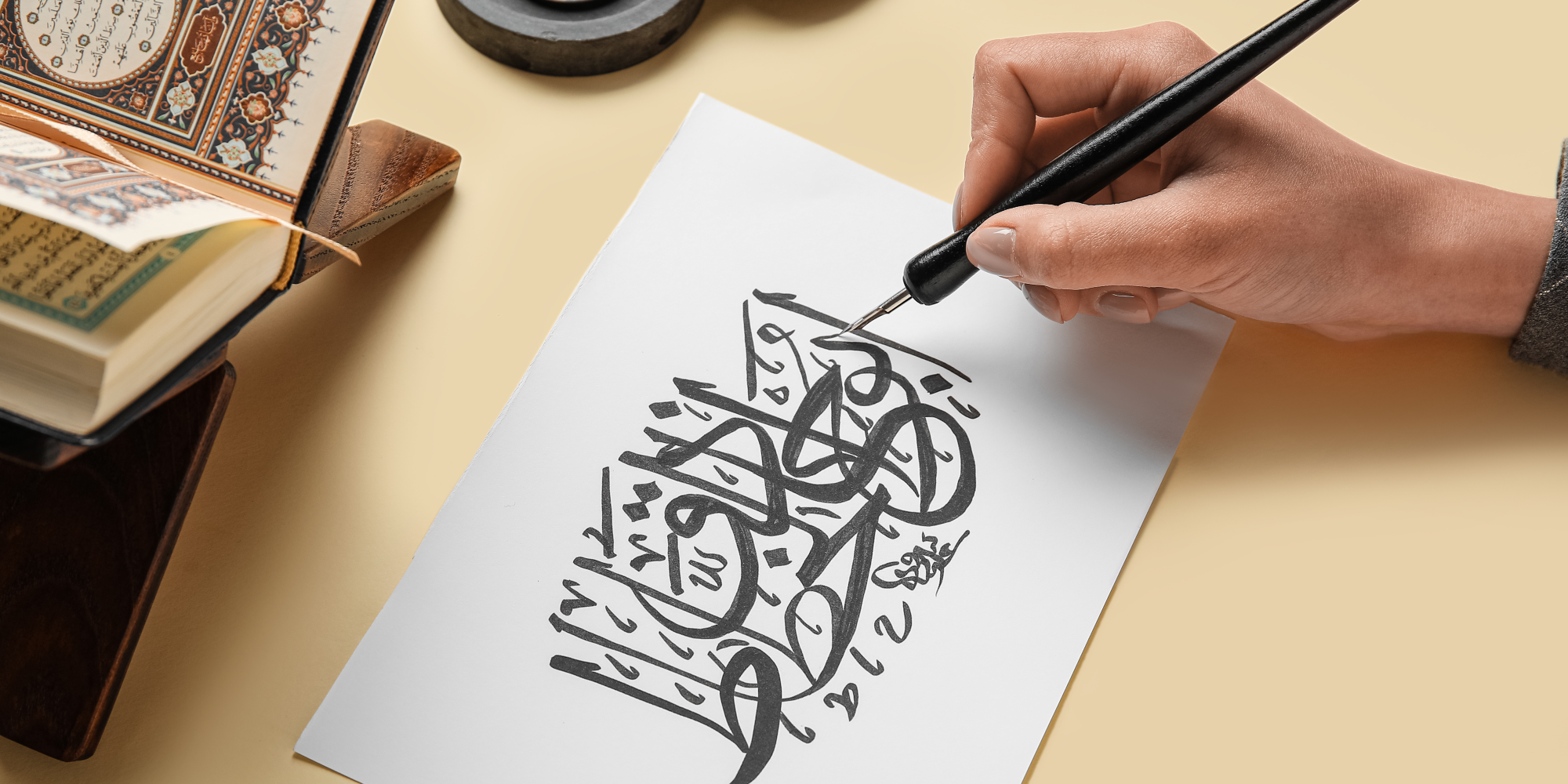
Arabic calligraphy is the artistic practice of handwriting , and calligraphy based on the Arabic alphabet. It is known in Arabic as (خط), derived from the word line, design, or construction. Kufic is the oldest form of the Arabic script. It has been linked in Arabic culture to various fields, which in return have played an important role in its advancement.
Arabic calligraphy was originally a tool for communication, but with time, it began to be used in architecture, decoration and coin design. Its evolution into these major roles was a reflection of the early Muslims’ need to avoid, as their beliefs required, figures and pictorials that were used as idols, before Islam was established in the Arabian Peninsula.
Arabic calligraphy has developed for over 14 centuries in various regions around the world. This history and diversity has enriched Arabic scripts with ever more complex and artistic forms. During this long period, the Baghdadi and Ottoman eras contributed the most to its development.
Arabic calligraphy is still today one of the most widely acknowledged arts, and continues to develop both in traditional methods as well as in digital and computer-generated arts. Arabic calligraphers from around the world continue to develop their own styles and artwork based on existing scripts, and their own letters and scripts. Free modern scripts contribute to the art just as much as traditional scripts have done.
2- Arabic Poetry
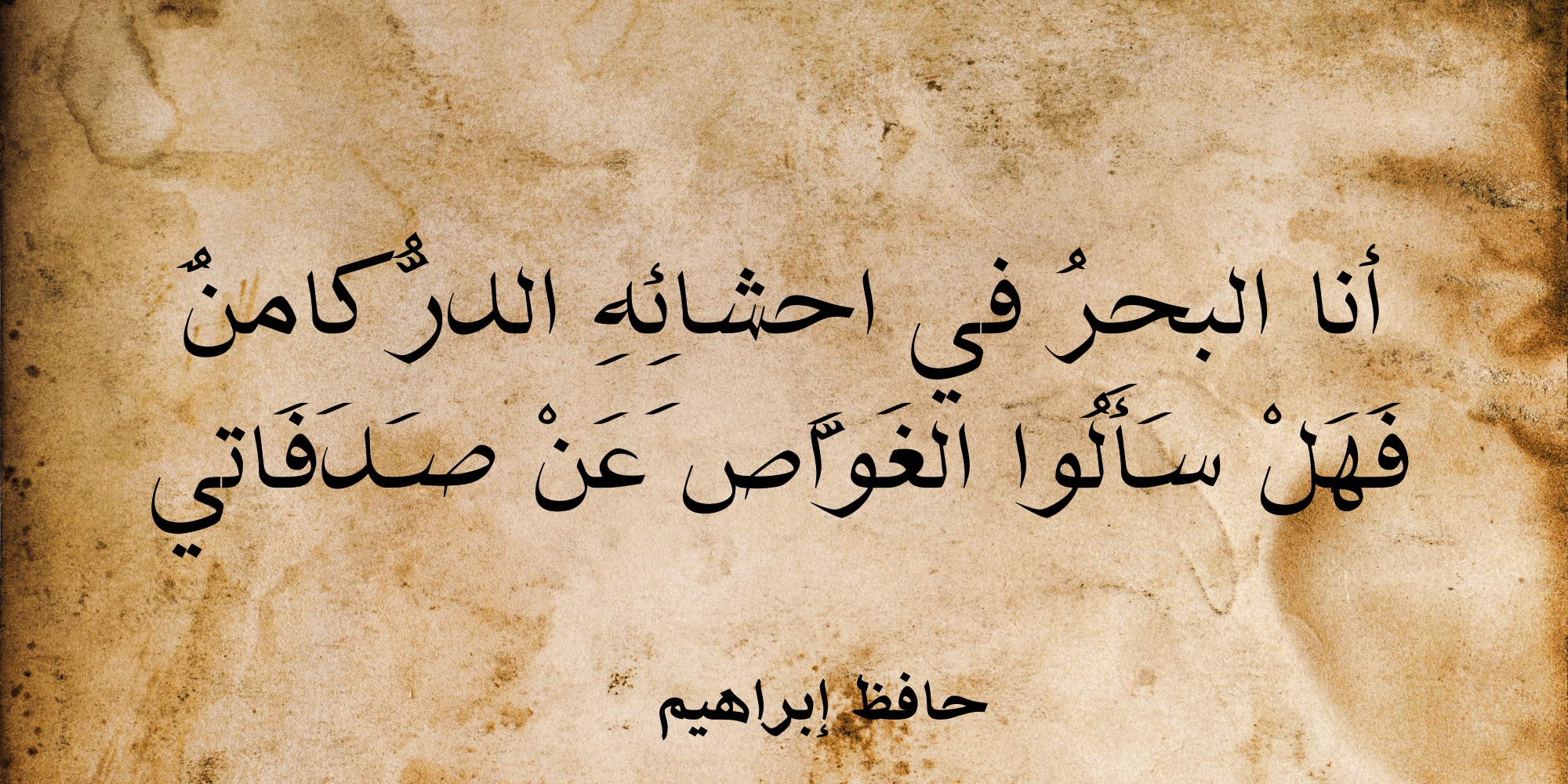
Arabic poetry (الشعر العربي) is one of the earliest forms of Arabic literature. It was and still is an essential part of Arab identity. Present knowledge of written poetry in Arabic dates from the first century BCE to the first century CE, but oral poetry is much older, before Islam came to be a religion.
Early formulations of Arabic poetry are notable, not only for their pioneering use of romance and war, but also for their use as a platform to weave meandering narratives, and evoke deep emotion in all poetry topics of ghazal, satire, pride, and elegy, among others.
People would learn and teach poetry as a form of culture and tradition. It was most commonly told orally among the audience. One of the main characters that carried this passion was Ahmad Al-Farahidi. He was most famous for his poetry.
So, this goes to show the significance and power that comes from poetry. Most people in the 6th century would devote poetry as being a form of wealth and also intelligence. It was highly common that most Arab families let their children learn the art of Poetry.
3- Expressive Language
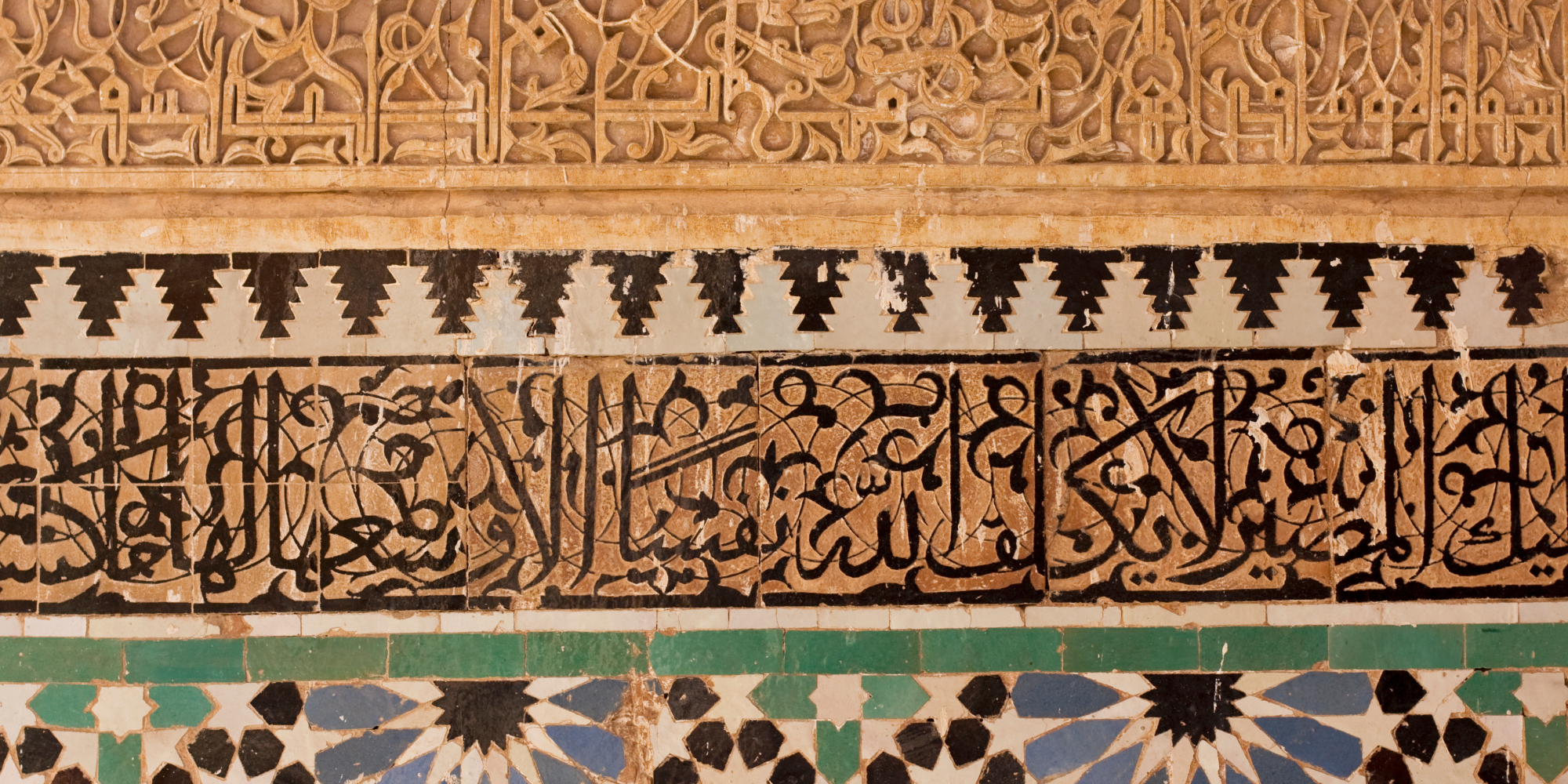
The Arabic language is well known for being eloquent, expressive, clear, rich, rational, scientific, flexible, and emotive all at once and in many ways. With a range of vocabulary and expressions that allow speakers to convey complex emotions and ideas.
Arabic music, poetry, and literature are all known for their ability to evoke strong emotions, and convey a deep sense of beauty. Additionally, Arabic is more powerful and gets the message out clearer, and more precisely than any other language. That’s why It’s a highly expressive language.
The Importance of Arabic Language: Learning Opportunities for Studying the Arabic Language and Career Development
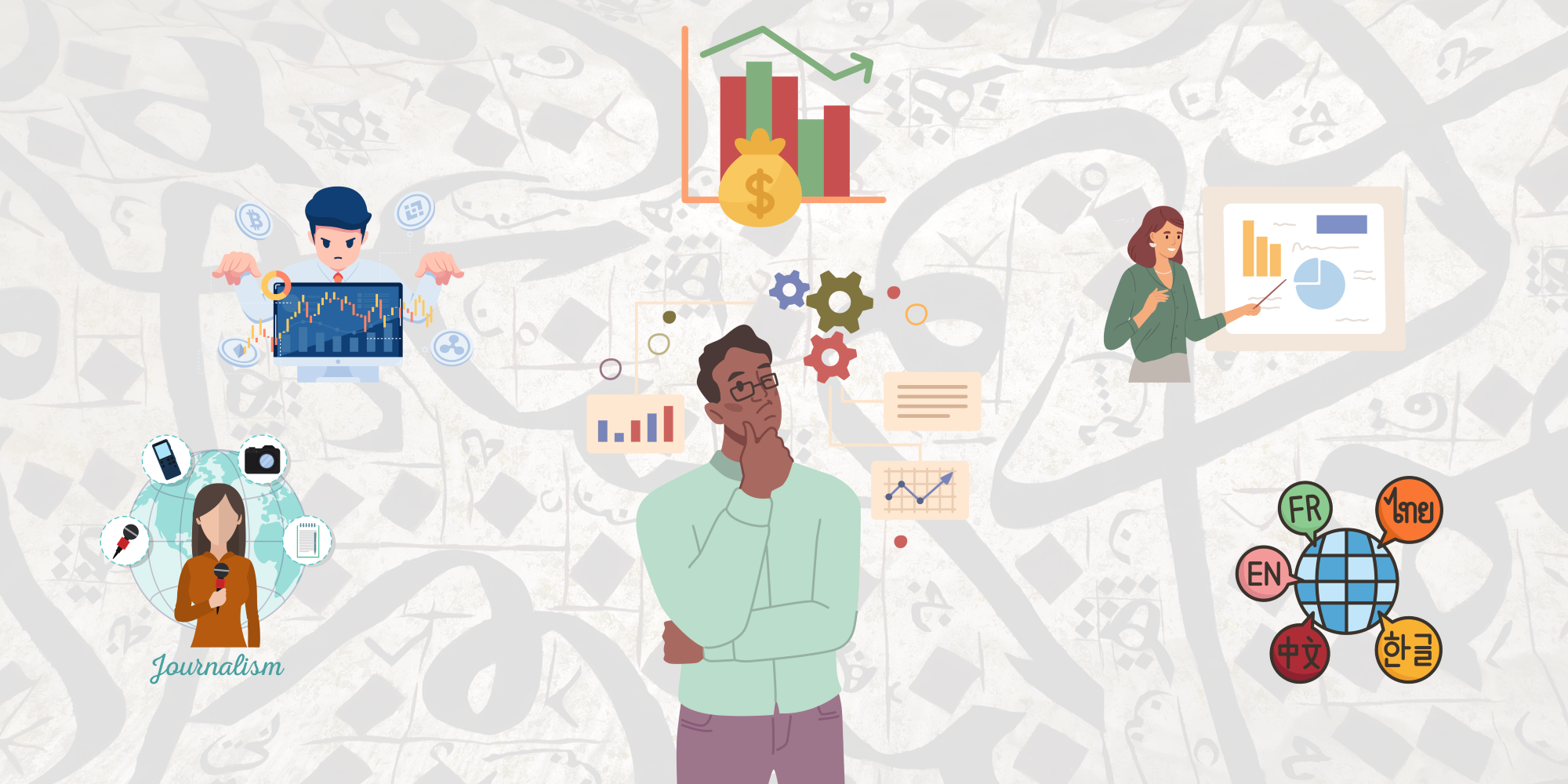



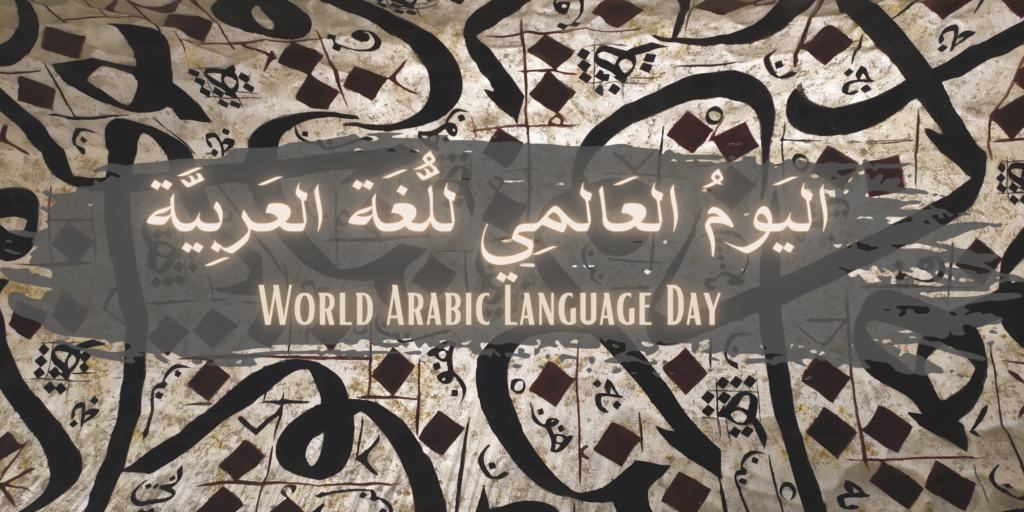
 Previous Post
Previous Post



